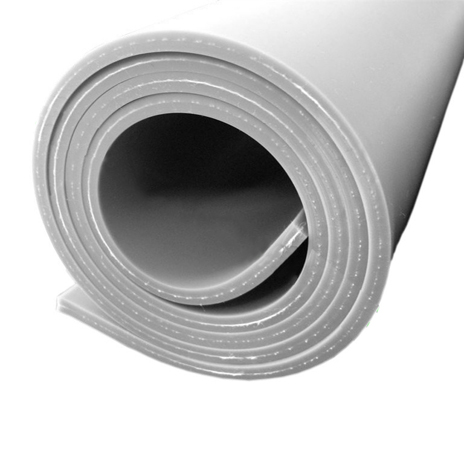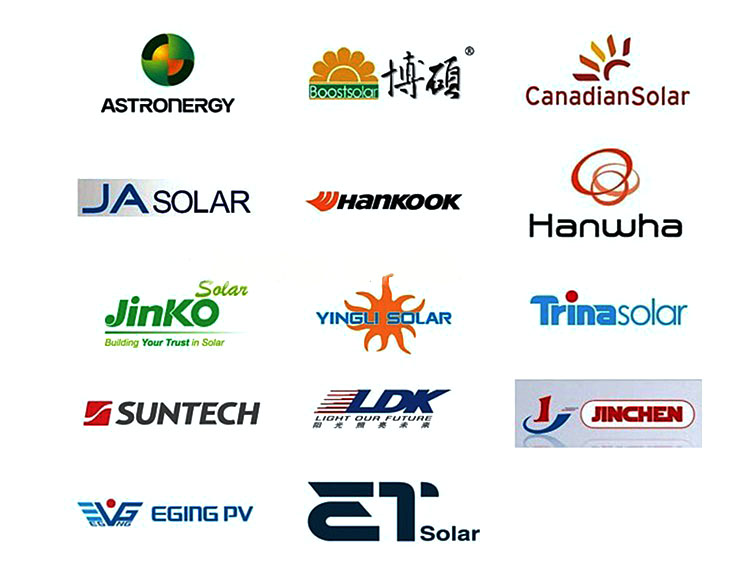Gray Silicone Rubber Sheet Roll for Meyer Solar Laminator

Gray Silicone Rubber Sheet Roll for Meyer Solar Laminator

Although also called diaphragms, sheets, or membranes, the solar panel industry tends to use the term membrane. Silicone Rubber Sheets – Your complete source for specialty industrial rubber sheets for powering lamination equipment.
WE one of Asia’s leading suppliers of high performance silicone sheeting products. These include Silicone Membranes – preferred for use on lamination equipment for forming or thermo-pressing photovoltaic panels, vinyl foil veneers on woodwork and composites in aerospace, F1 cars, marine and other general products.
FEATURES:
-
Single or Double sided fabric impression surface finish
-
Silicone has good reusability & durability when exposed to high pressures & elevated temperatures
-
Silicone has extraordinary “drawdown” strength & resilience when forming complex & sharp definitions
-
Silicone has good resistance to weathering, ozone, hot water, low pressure steam, alcohols, diethylene glycol & more
Standard dimensions
Width: Max up to 3800mm
Material thickness: 4 mm or 3mm
Fabrication even beyond the standard width
Technical Data Sheet of Silicone Rubber Sheet
|
PROPERTY |
VALUE |
TEST METHOD |
|
COLOUR : |
Gray |
|
HARDNESS : |
55°Shore A ( ±5°) |
ASTM D2240 DIN 53505 |
|
TENSILE STRENGTH : |
9 Mpa |
BSISO 37
DIN 53505 die S1
ASTM D412 Die C |
|
ELONGATION @BREAK : |
700% |
BSISO 37
DIN 53504 die S1
ASTM D412 Die C |
|
TEAR STRENGTH : |
35 N/mm |
BS ISO 34-1 method C
ASTM D624 B |
COMPRESSION SET :
175℃ FOR 22 HOURS |
24% |
Bs 903 PT A6 TYPE B
DIN 53517 TYPE II
ASTM D395 method B TYPE 2 |
SPECIFIC GRAVITY :
(DENSITY) |
1.25g/cm³ ( ±5°) |
ISO 2781
BS 903 A5 |
|
RESILIENCE : |
38% |
ASTM D1054 / D2632 |
|
TEMPERATURE RANGE : |
-60 to +230℃ |
|
POST CURED : |
5 Hours @ 175℃ |
Our Main Partners
 Application- used for Solar Module Laminators
Application- used for Solar Module Laminators

Silicone Membranes FAQs
What’s the best membrane for our application?
This is a big question and really best discussed together on the phone. Determining factors would include your type of encapsulant, composition of the modules, size of the modules, and type of laminator.
How long should a diaphragm last?
This also depends on your encapsulant and type of module. Give us a call to talk about your product and processes to determine what you should be getting from your membrane.
What can we do to extend the life of our membrane?
Consider protecting it with a layer of PTFE sheet between the modules and the membrane. We have several options for this. And if you’re encapsulating with EVA, we should discuss the fifth generation KS-EXR668 Silicone membrane that is resistant to the outgassing from the EVA. The Fifth Generation KS-EXR668 option may give you far better life than your current membrane.




